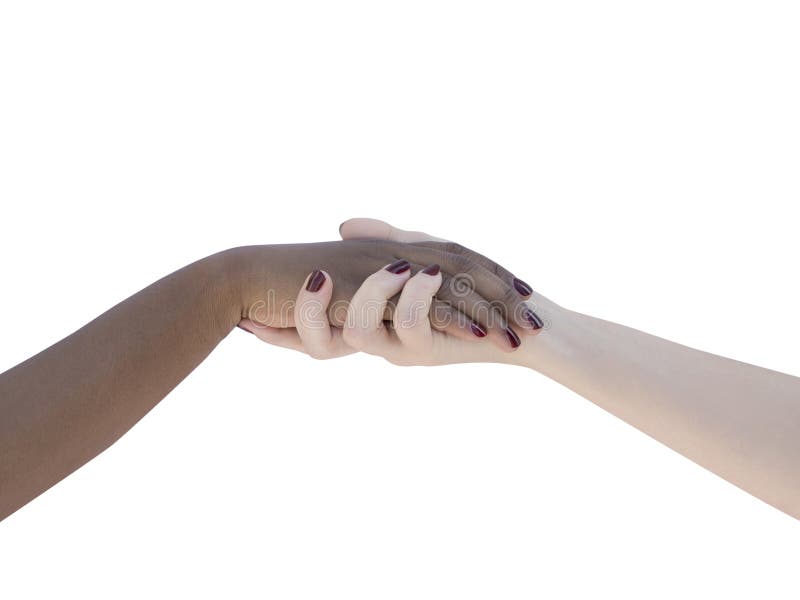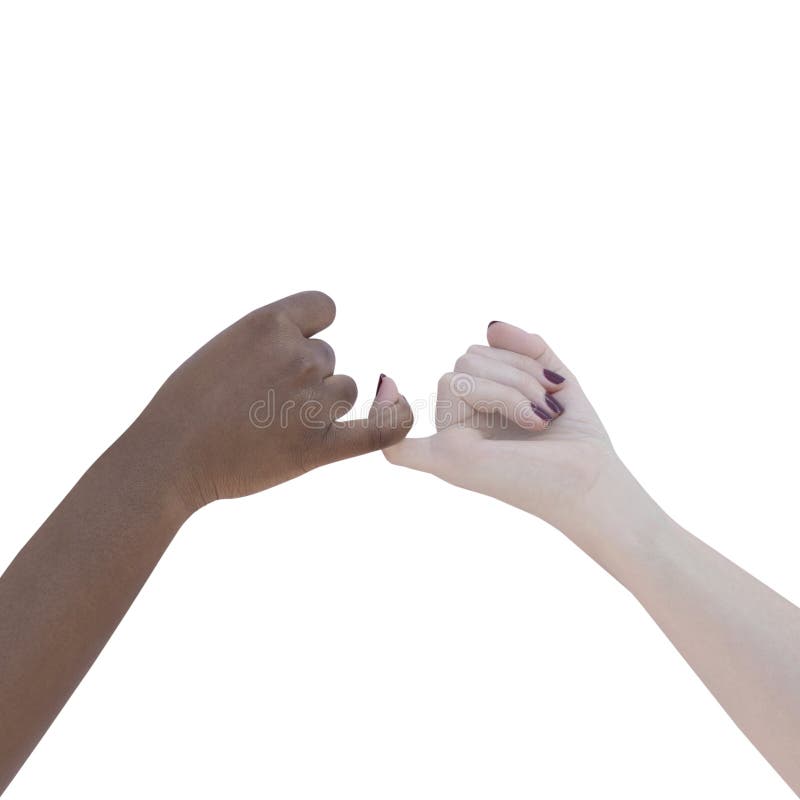

Then all circle left or right in this position. Then the ladies raise their arms above and around the gents' heads. Balances may also be done in lines or circles, with very similar choreography. It is typical in some areas to replace the closing steps with a stomp, kick, or jump, giving the figure a strong rhythmic feel. Balance The couple faces each other with one or both hands joined and, in time to the music, take a step toward each other and a closing step, then a step apart and a closing step. Same-sex partners are increasingly common in contra dancing, either by preference or to accommodate different numbers of men and women attending in the descriptions that follow, gentleman and lady refer to roles rather than sexes.Ĭontra dance figures Allemande Two dancers join either right or left hands in a thumbs-up, palms-together grip and walk around each other. Weight can also be thought of as springiness or tension. It also allows such figures to be done faster and with extra flair, and may enhance the sense of dancing with the other person and not just near him or her. This helps you and your partner move in unison. To give weight in figures such as an allemande, rollaway or swing, lean slightly away from your partner and maintain a distinct resistance in your arm, hand and fingers don't squeeze, but don't let your arms go limp or fully extended, either.

Crooked tunes are more commonly used in square dancing, where the phrasing of the dance does not have to align as closely with the phrasing of the music. Tunes of this form are called "square" tunes that deviate from this form are called " crooked". Thus, a contra dance is typically 64 counts, and goes with a 32-measure tune. While the same music is generally played in, for example, parts A1 and A2, distinct choreography is followed in those parts. The A and B parts are each played twice in a row, hence, A1, A2, B1, B2. This nomenclature stems from the music: Most contra dance tunes (as written) have two parts (A and B), each 8 measures long, and each fitting one part of the dance.

Typical contra dance choreography comprises four parts, each 16 counts (8 measures) long. A count may also be called a step, as contra dance is a walking form, and each count of a dance typically matches a single physical step in a figure. Each dance is a collection of figures assembled to allow the dancers to progress along the set.Ī count is one half of a musical measure, such as one quarter note in 2Ĩ time. As the sequence repeats, the caller should be able to cut down his or her prompting, sometimes to a single word for every figure, and eventually stop calling, leaving the dancers to each other and the music.Ī figure is a pattern of movement that typically takes eight counts, although figures with four or sixteen counts are also common. Most contra dances consist of a sequence of about six to twelve individual figures, prompted by the caller in time to the music as the figures are danced. Much of the dance is done as a walking movement, one step for each count of the music, while the arms and hands do most of the changing, most of these involving connecting with others' hands. Notably, contra dance figures (with a few exceptions) do not have defined footwork within the limits of the music and the comfort of their fellow dancers, individuals move to the beat and embellish according to their own taste. The figures repeat, ideally, in a graceful flowing pattern, aligned with the phrasing of the music. This article supplements the main Contra dance article.Ĭontra dance choreography specifies the dance formation, the figures, and the sequence of those figures in a contra dance.


 0 kommentar(er)
0 kommentar(er)
